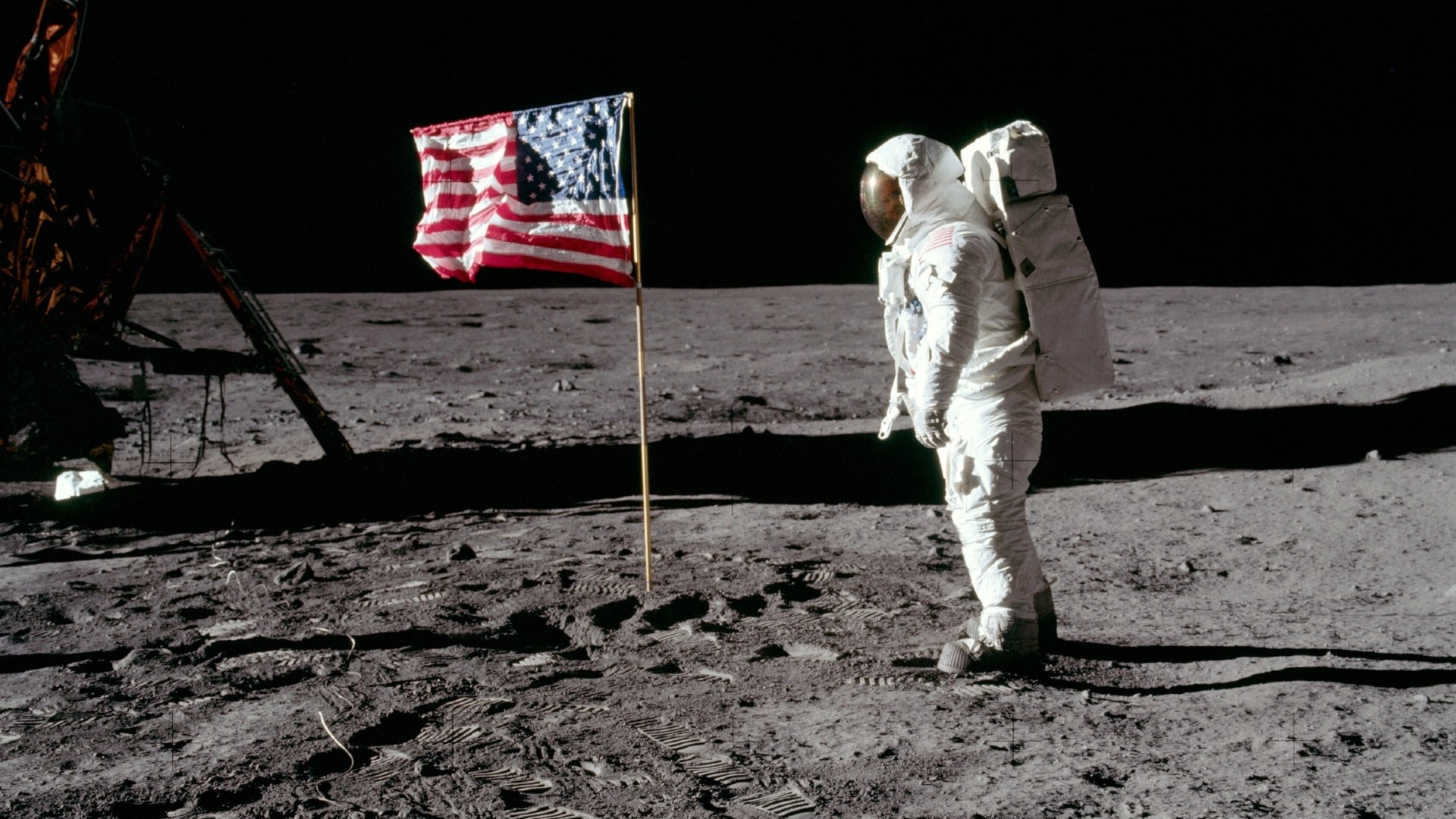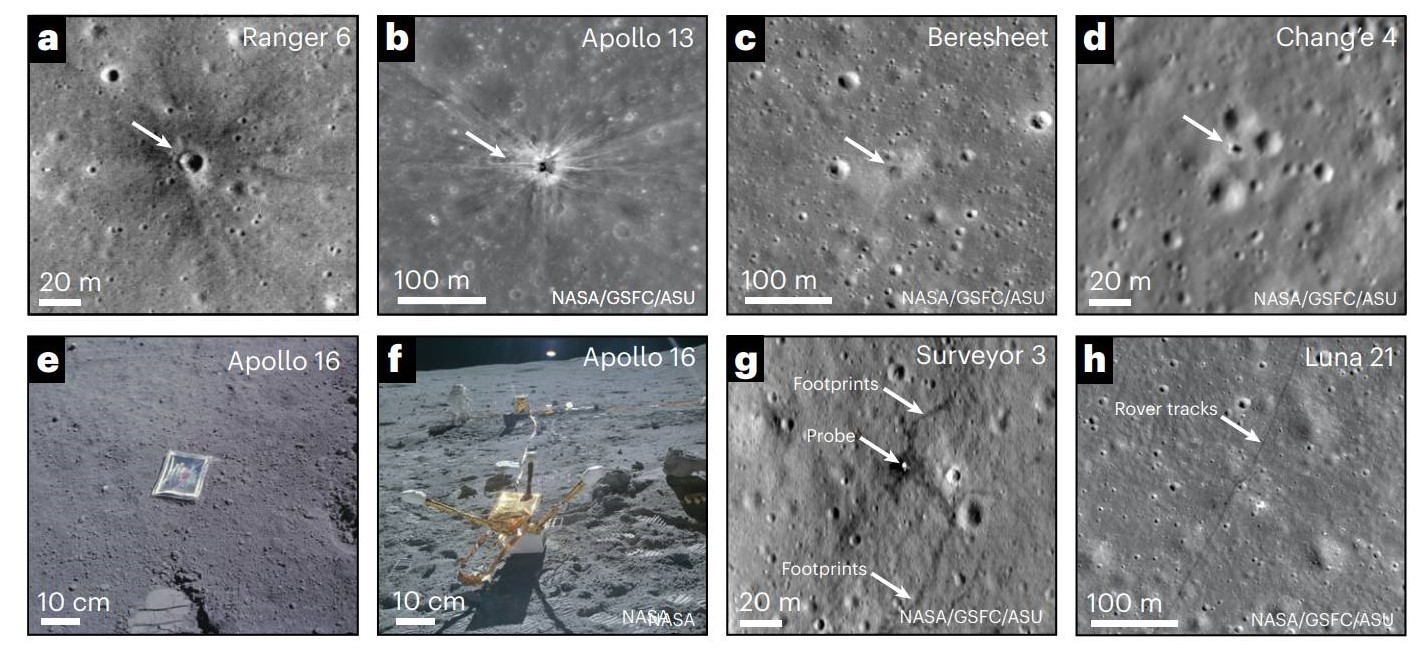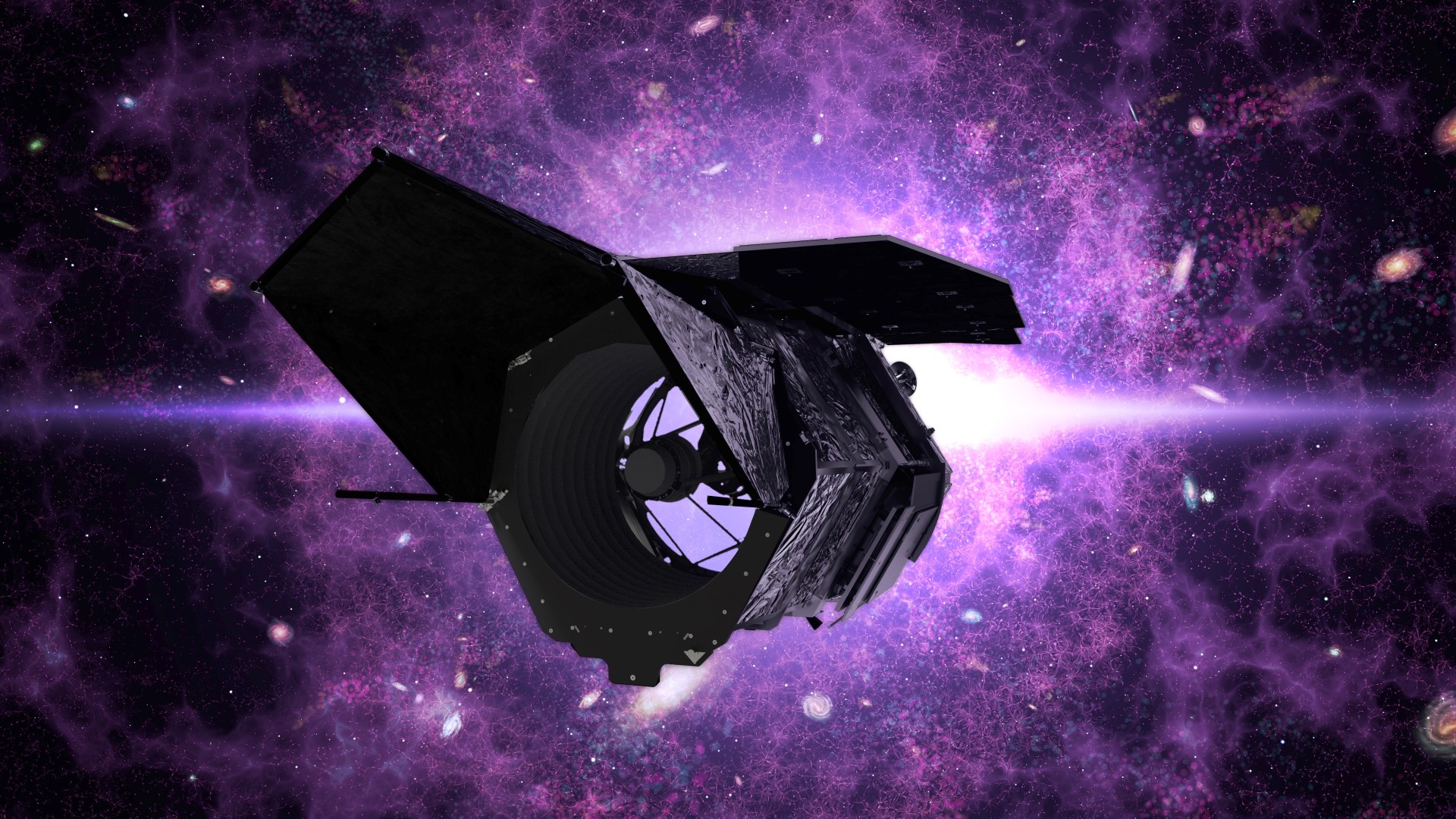
Can we protect historical sites on the moon before it's too late?
Experts say there's a critical need to advocate for global cooperation and policy frameworks to protect lunar heritage before irreversible damage occurs.

A number of groups and individuals say there's a need to protect lunar history before it's too late.
The World Monuments Fund released its 2025 "Watch list," which lists the moon as an "at risk" historic site. The hope is to protect select lunar areas from damage, or even from looting and exploitative visitation by future lunar tourists. But that could be a celestial sore point, given how much attention the moon is receiving and how many lunar missions have been planned in both public and private sectors.
Experts say that lessons learned from attempts to preserve more challenging, international historical sites on Earth shows there's a critical need to advocate for global cooperation and policy frameworks now — before irreversible damage occurs.
Proactive policies
The inclusion of the moon on the 2025 Watch reflects World Monuments Fund's (WMF) belief that "proactive policies are essential to safeguard humanity's shared heritage — whether on Earth or beyond it," said Jonathan Bell, the WMF vice president of programs.
"Like the Antarctic Treaty, which aims to protect historic sites in extreme environments, we believe similar policies can and must be applied to the moon's cultural and scientific legacy, with early lunar landing sites as key examples," said Bell.
Shared values, long-term objectives
The moon's includion on the 2025 Watch was well received, noted Bell, by international stakeholders, including the multi-national members of the International Council on Monuments and Sites and its International Scientific Committee on Aerospace Heritage.
"WMF and the Committee are now working to align partners on shared values and long-term objectives for managing aerospace heritage," Bell added.
Breaking space news, the latest updates on rocket launches, skywatching events and more!
As for what's next, the WMF's follow-up is currently in development, with more to come as plans solidify, Bell said. "A cross-disciplinary approach — bringing together experts in lunar exploration history, cultural resource management, and more — will help shape a comprehensive and collaborative framework for protecting heritage on the moon," he concluded.
Environmental footprint
Justin Holcomb is an assistant research professor with the Kansas Geological Survey (KGS), a research unit of the University of Kansas in Lawrence, Kansas.
Holcomb and like-minded anthropologists and geologists at the University of Kansas say it's time to recognize that humans have left their environmental footprint on the moon, declaring it the "Lunar Anthropocene."
The idea is much the same as the discussion of the Anthropocene on Earth. That's the exploration of how much humans have impacted our planet, Holcomb points out.
"The consensus is that on Earth, the Anthropocene began at some point in the past, whether hundreds of thousands of years ago or in the 1950s. Similarly, on the moon, we argue the Lunar Anthropocene already has commenced," Holcomb senses.

New archaeological sites
Holcomb told Space.com that he is excited about new archaeological (landing) sites on the moon created by Firefly's Blue Ghost lunar lander, the toppled-over touchdowns of Intuitive Machines landers, along with the upcoming potential for Japan's ispace to join the moon landing crowd.
"But, importantly, missions like Blue Ghost are generating new data about lunar surface conditions," Holcomb said. "Especially the Regolith Adherence Characterization instrument which will provide important data about how lunar regolith may affect space heritage. Ultimately, all of the activity is just more evidence that the moon has entered its own Anthropocene," he said, "and I imagine we will see boots on the surface by 2030."
It's the view of Rolfe Mandel, a KGS senior scientist and a university distinguished professor in the Department of Anthropology, that while human migration out of Africa may have occurred as early as 150,000 years ago, "space travel represents the latest stage of that journey."
"We feel that all material currently existing on extraterrestrial surfaces is space heritage and worthy of protection," Holcomb said. The very first footprints on the moon at Tranquility Base in 1969 or NASA's Viking 1 Mars lander of the 1970s "represent the material footprint of a long history of migration," he said.
National legislation
Heartened by the focus on protecting cultural heritage in outer space is Michelle Hanlon, co-founder and CEO of For All Moonkind, a long-time advocate of caring for historic lunar landing sites.
"It is extremely gratifying to see more and more organizations and countries express support for this idea," Hanlon told Space.com.
For all Moonkind worked with Senator Gary Peters on the first ever national legislation that acknowledges the presence of human heritage in outer space, said Hanlon, signed by President Trump in 2020. Also, the organization contributed to the inclusion in the Artemis Accords, now signed by 55 nations, of a section that recognizes the need to preserve this heritage.

Hopeful activity
"As a Permanent Observer to the United Nations Committee on the Peaceful Uses of Outer Space, we have been advocating for the protection of cultural heritage in outer space since 2018. And now we are starting to see some very hopeful activity," Hanlon said.
That UN Committee, COPUOS for short, recently established an Action Team on Lunar Activities Consultation (ATLAC), Hanlon pointed out, which is designed to promote dialogue among nations, space agencies, and stakeholders to ensure lunar activities are sustainable and inclusive.
"Notably, three countries — Poland, the United Kingdom and Armenia — have proposed that cultural heritage must be a core component of ATLAC's consultations," Hanlon said. "This is a powerful acknowledgment that the moon's historical sites are not just national achievements but milestones of universal value."
Watch your language!
The Working Group on Space Resource Activities, also under COPUOS, has further elevated the conversation by including language, albeit bracketed, on cultural heritage in its initial draft set of recommended principles for space resource activities.
"This language, while still under negotiation, signals a growing recognition of the importance of safeguarding cultural heritage in outer space," Hanlon advised. "We are hoping that the COPUOS Working Group on the Long-term Sustainability of Outer Space Activities will also address cultural heritage as it considers its own next steps and recently submitted an advisory paper to that end."
It's important to remember, Hanlon said, "that we have to put the safeguarding of cultural heritage into the proper legal context."
The Outer Space Treaty requires that all States shall have free access to all areas of the moon and other celestial bodies, "thus any effort to protect any site on the moon is a violation of the Treaty," said Hanlon. "But we believe that the Members States of the UNCOPUOS can work within this Treaty framework to design access protocols that will protect our history."

Leonard David is an award-winning space journalist who has been reporting on space activities for more than 50 years. Currently writing as Space.com's Space Insider Columnist among his other projects, Leonard has authored numerous books on space exploration, Mars missions and more, with his latest being "Moon Rush: The New Space Race" published in 2019 by National Geographic. He also wrote "Mars: Our Future on the Red Planet" released in 2016 by National Geographic. Leonard has served as a correspondent for SpaceNews, Scientific American and Aerospace America for the AIAA. He has received many awards, including the first Ordway Award for Sustained Excellence in Spaceflight History in 2015 at the AAS Wernher von Braun Memorial Symposium. You can find out Leonard's latest project at his website and on Twitter.
You must confirm your public display name before commenting
Please logout and then login again, you will then be prompted to enter your display name.
